The Norwegian fjord villages stand as silent witnesses to a way of life that seems almost anachronistic in our hyper-connected, consumption-driven world. Nestled between towering cliffs and crystalline waters, these remote settlements offer more than just postcard-perfect views—they embody a philosophy of living that prioritizes harmony with nature over material accumulation.
Morning mist rises from the glassy surface of the fjord as the first fishing boats putter out to sea. There are no horns blaring, no engines revving—just the occasional cry of a seabird and the rhythmic lapping of waves against weathered wooden docks. In villages like Flåm or Geiranger, the day begins not with smartphone alarms but with the natural rhythms that have governed human existence for millennia.
What strikes visitors most profoundly isn't the dramatic scenery (though that certainly leaves an impression) but the quality of silence. The absence of advertising billboards, the lack of neon signs, the nonexistence of traffic jams—these create an auditory and visual clarity that feels almost medicinal. Locals speak of this silence not as emptiness but as presence—the presence of something greater than human contrivances.
The architecture here follows an unspoken rule: never compete with the landscape. Houses cling to hillsides like barnacles to a rock, their turf roofs blooming with wildflowers in summer. The famous stave churches, with their dragon-headed eaves, appear to grow from the earth rather than being imposed upon it. Even modern constructions adhere to this principle—glass and timber structures designed to disappear against the backdrop of fjords and mountains.
In the local grocery store, choices appear limited by metropolitan standards. But this scarcity reveals itself as a different kind of abundance. Instead of thirty cereal varieties, there might be three—all locally sourced, all minimally packaged. The fish counter doesn't boast exotic imports but the day's catch from the fjord. This economy of options creates a peculiar freedom—from decision fatigue, from wasteful overconsumption, from the tyranny of endless choice.
Community takes on tangible form in these villages. When winter storms isolate settlements for days, neighbors know they must rely on each other. The dugnad tradition—voluntary communal work—sees villagers gathering to maintain hiking trails, repair docks, or prepare for seasonal festivals. These aren't social media connections but flesh-and-blood relationships forged through shared labor and mutual dependence.
Tourists often arrive seeking Instagram moments but leave with something more profound. The sheer verticality of the landscape—cliffs plunging straight into deep waters—creates an unavoidable awareness of human smallness. Local guides share not just geological facts but Norse myths that attribute spiritual significance to rock formations and waterfalls. This intertwining of science and legend reflects a worldview that doesn't separate empirical knowledge from reverence.
Modernity hasn't bypassed these villages entirely. Electric ferries now glide soundlessly across fjords, and many homes boast sophisticated heat pump systems. Yet technology serves here rather than dominates. The village of Balestrand recently made headlines by implementing a "digital sunset" policy—public Wi-Fi shuts off at 8 PM to encourage evening conversations and contemplation of the natural world.
Seasonal living dictates rhythms that urbanites struggle to comprehend. The frenetic activity of summer—when daylight lasts nearly twenty hours and tourists flood in—gives way to winter's introspection. As one local teacher explains: "The dark months aren't something we endure but a necessary period. Like bears, we need hibernation—time to read, to craft, to be with family without distractions."
Perhaps the most radical aspect of fjord life is its conception of wealth. Fishermen who could earn more by industrializing their operations choose instead to maintain small, sustainable catches. Artists trade metropolitan fame for the privilege of waking to eagle sightings outside their studios. The true luxury here isn't designer goods but uninterrupted views, clean air, and time—time to notice how light changes on water throughout the day, time to let thoughts unfold without urgency.
Environmental stewardship isn't a political stance in these communities but simple common sense. When your drinking water comes directly from glacial streams and your dinner comes from the sea before you, ecological awareness becomes visceral rather than abstract. Children learn to identify edible plants before they can read, absorbing an intimate knowledge of their ecosystem that no textbook could provide.
As climate change alters weather patterns and melting glaciers reshape fjords, these villages face difficult questions. How much tourism is too much? Should young people be encouraged to stay or seek opportunities elsewhere? Can traditions adapt without losing their essence? The answers emerging are characteristically pragmatic—solar panels discreetly installed on historic buildings, limits on cruise ship sizes, educational programs that blend traditional knowledge with modern science.
The lesson these fjord villages offer isn't about rejecting modernity but about conscious engagement with it. In a world obsessed with growth metrics and productivity hacks, they suggest alternative measures of success—the depth of one's connection to place, the quality of attention paid to daily rhythms, the ability to distinguish between what's necessary and what's merely noise. As one elder put it while mending nets on the dock: "We don't have less here. We have exactly enough."

By /May 11, 2025

By /May 11, 2025

By /May 11, 2025

By /May 11, 2025

By /May 11, 2025

By /May 11, 2025
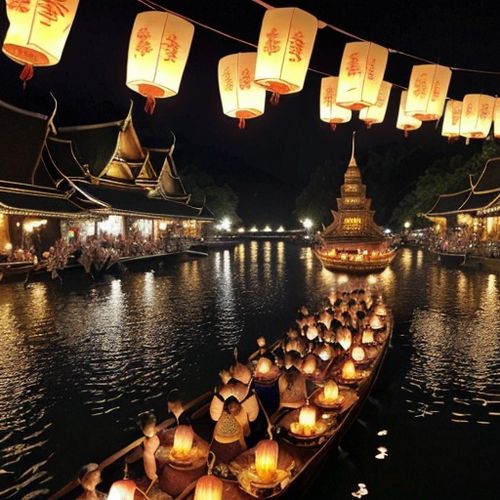
By /May 11, 2025
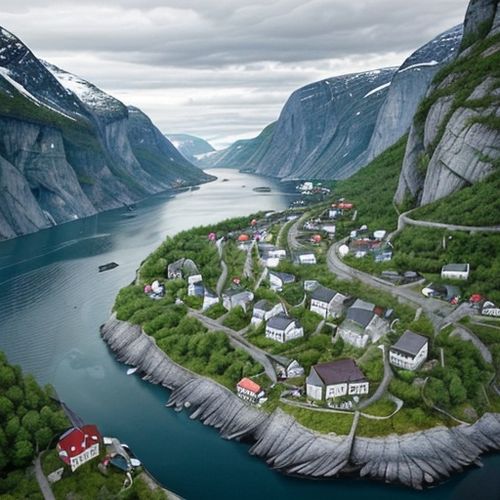
By /May 11, 2025
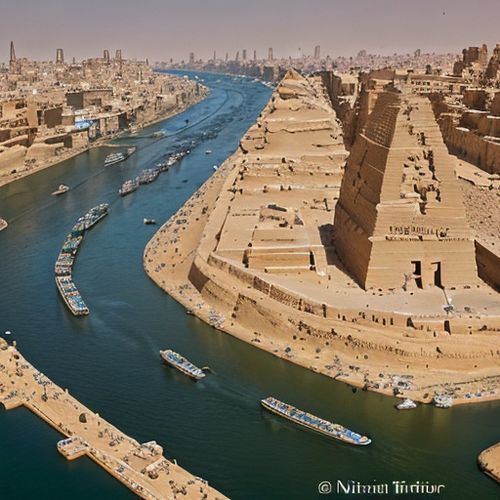
By /May 11, 2025

By /May 11, 2025

By /May 11, 2025

By /May 11, 2025

By /May 11, 2025
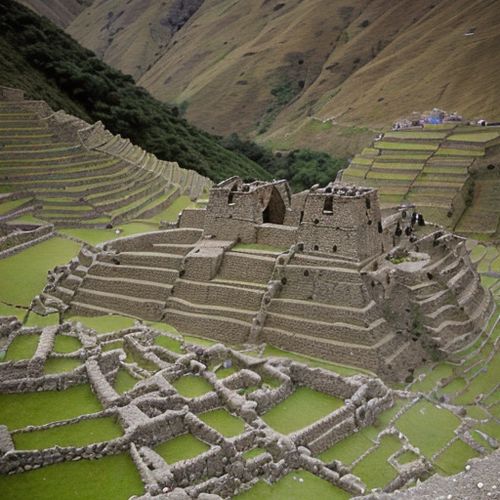
By /May 11, 2025
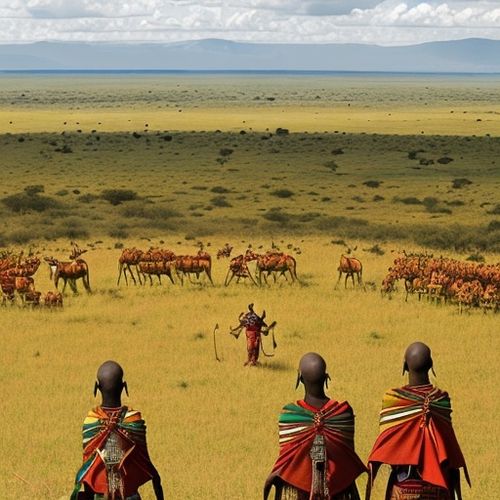
By /May 11, 2025
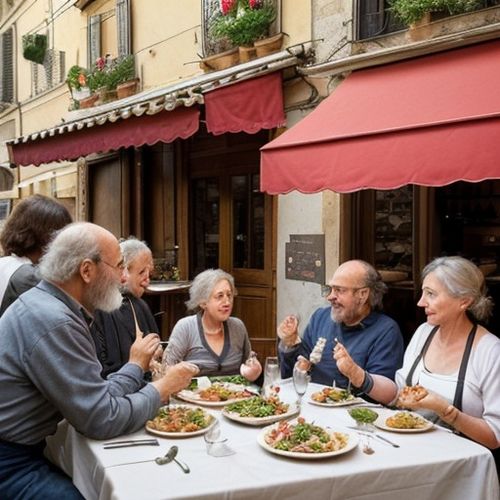
By /May 11, 2025
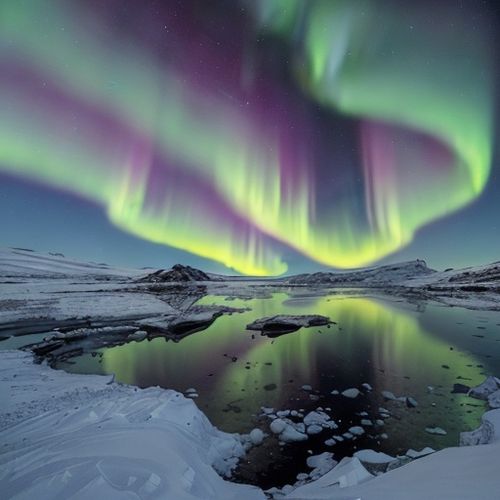
By /May 11, 2025

By /May 11, 2025

By /May 11, 2025
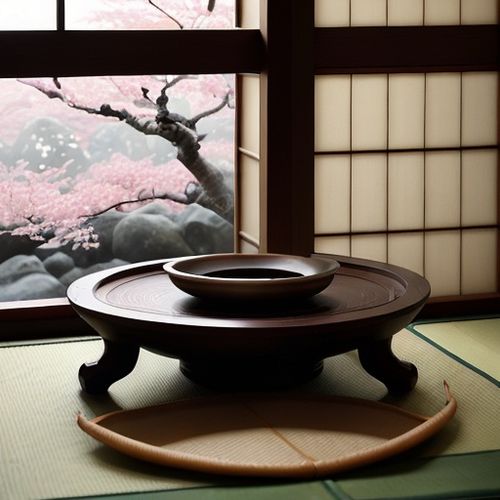
By /May 11, 2025